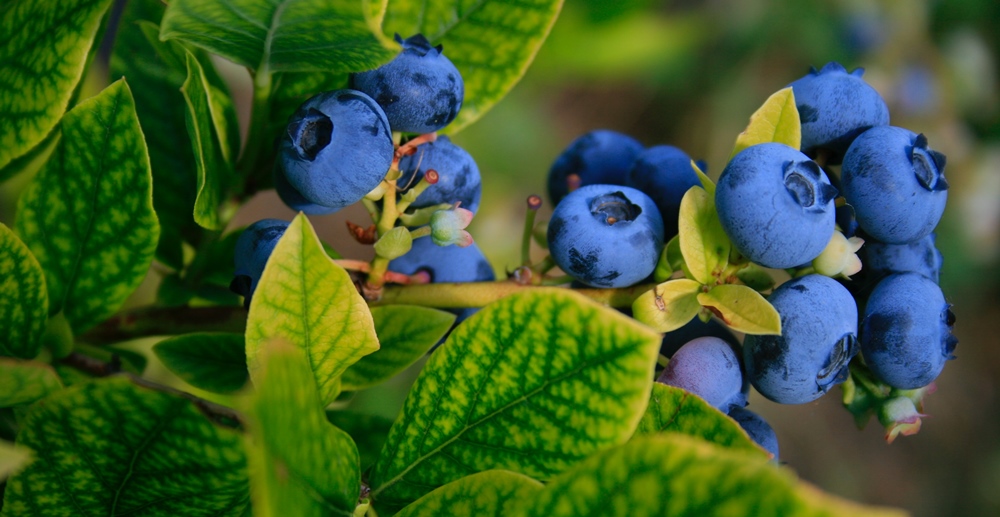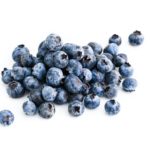The Scientific Name of Blueberry
Blueberry – the nice dark blue member of the berry family that is getting international attention for its health benefits. The scientific name of blueberry is Vaccinium sect. Cyanococcus.
According to the estimates of botanists, Blueberries are around 13,000 years old. Being native to North America, the blueberry is widely grown in many other places around the world such as Asia, Europe, and South America. Blueberries are found from the tropics to the land of Eskimos.
Blueberries are of three types:
- Highbush Blueberry – widely grown, the scientific name is Vaccinium corymbosum
- Lowbush Blueberry – not commercially planted, the scientific name is Vaccinium angustifolium
- Rabbiteye Blueberry – gradually increasing importance, the scientific name is Vaccinium virgatum
The blueberry plant is a woody shrub. Heights can vary from 2 – 3 ft (for low bush) to 10 ft (for high bush). Fruits are borne in clusters, with smooth skin and juicy flesh containing seeds. Fruits are ovate or round in shape and can have 0.5 – 0.75-inch diameters.
Apart from providing lovely blue fruits, blueberry bushes are also used as ornamental plants.
Blueberry Health Benefits
According to the latest research, blueberries have the maximum antioxidant properties, such as:
- Helps in improving short memory loss.
- Acts as an anti-aging factor.
- Protects against macular degeneration of eyes because of the presence of a blue pigment, anthocyanin.
- Improves urinary tract health and reduces the risk of infection.
- Acts as an anti-inflammatory agent.
- Enhances glucose metabolism.
- Reduces the risk of cancers.
Blueberries are not only tasty, but they provide bursting nutritional value. Fresh blueberries contain high levels of vitamin C. Also, a blueberry has manganese, dietary fiber, vitamin E and contains only 81 calories.
Though the blueberry is best in taste if eaten fresh, it can also be eaten in the form of juice, jam, and jelly. The blueberry may serve the purpose of dessert and act as toppings on cake, ice cream, and pies.




























